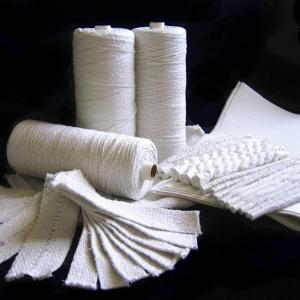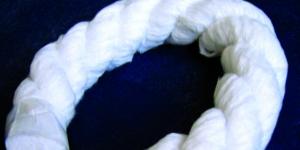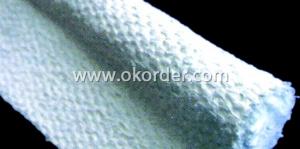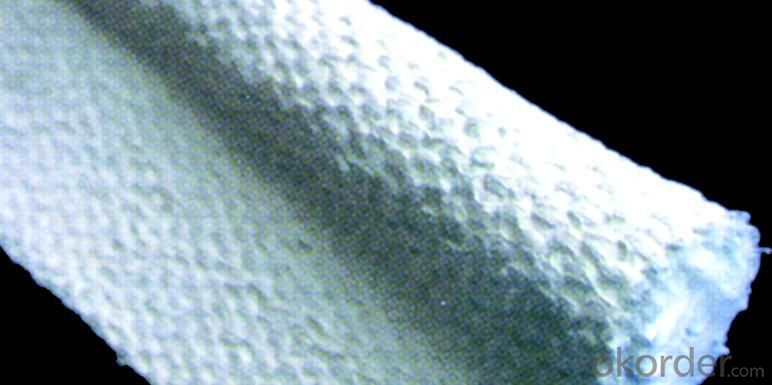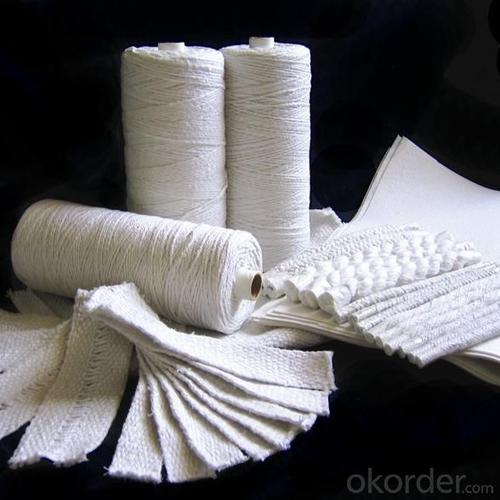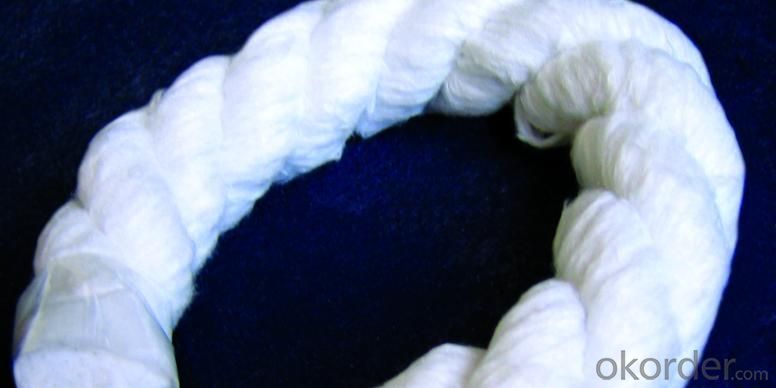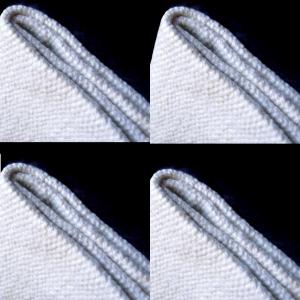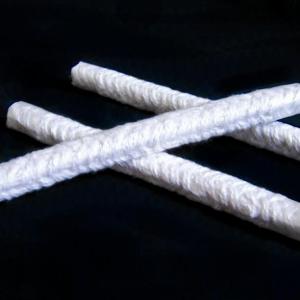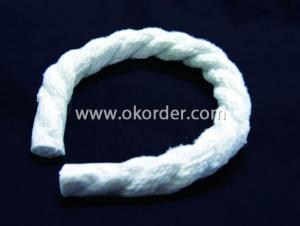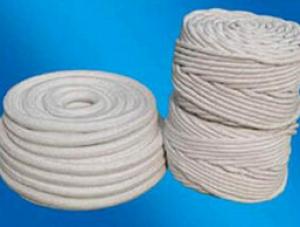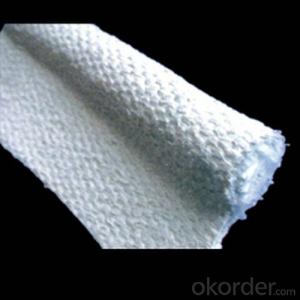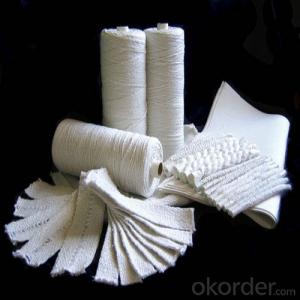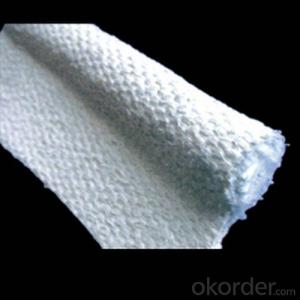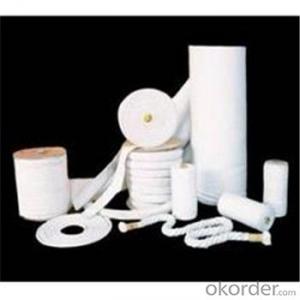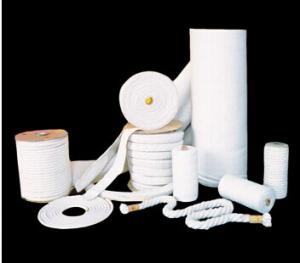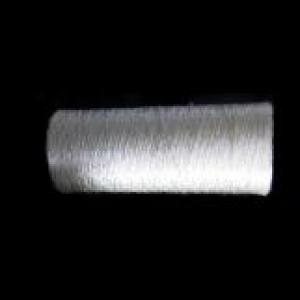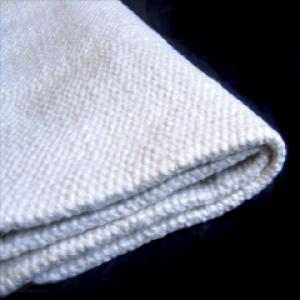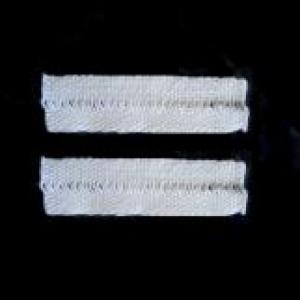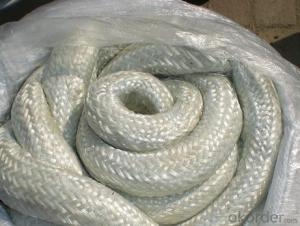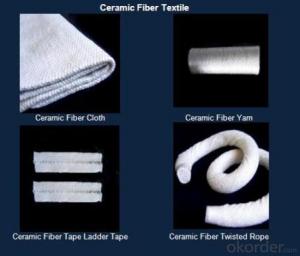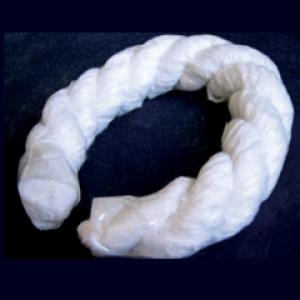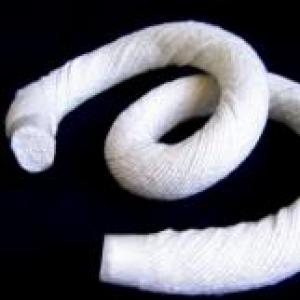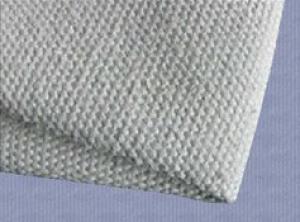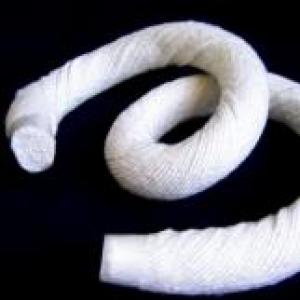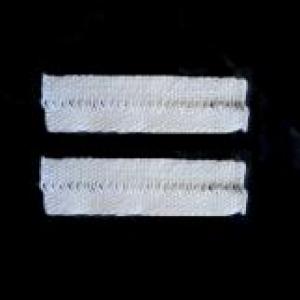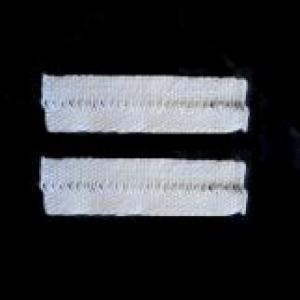Ceramic Fiber Textiles - High Quality Option
- Loading Port:
- China Main Port
- Payment Terms:
- TT or L/C
- Min Order Qty:
- 30 Rolls roll
- Supply Capability:
- 10 Tons Per Month roll/month
OKorder Service Pledge
OKorder Financial Service
You Might Also Like
General Information of High Quality Ceramic Fiber Textiles
Our ceramic fiber textiles are high performance thermal textiles made of high quality ceramic fiber. The textiles range is composed of yarn, cloth, tape, twisted rope, braided rope, sleeving, etc.
Ceramic fiber textiles contain carrier fiber to facilitate the carding process. The textiles normally contain 16 to 20% rayon fiber which will burn out at high temperature, but has no effect on the properties of the products
High performance ceramic fiber material fabricated from E-glass or chrome-nickel steel wire inserted ceramic fiber yarn which is braided around a core of ceramic fiber cord to form a packing in round section.
Feature of High Quality Ceramic Fiber Textiles
Low thermal conductivity.
Low heat storage
Excellent chemical stability
Excellent sound absorption
More detailed photos for the High Quality Ceramic Fiber Textiles
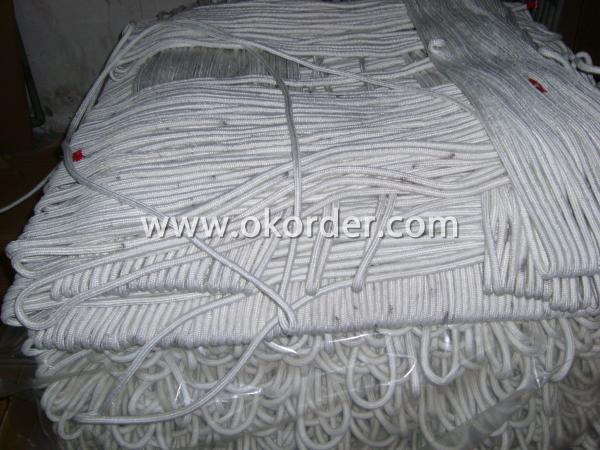
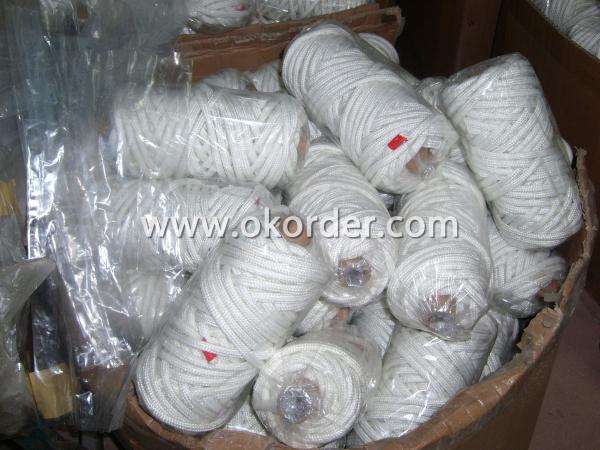
Technical Data of High Quality Ceramic Fiber Textiles
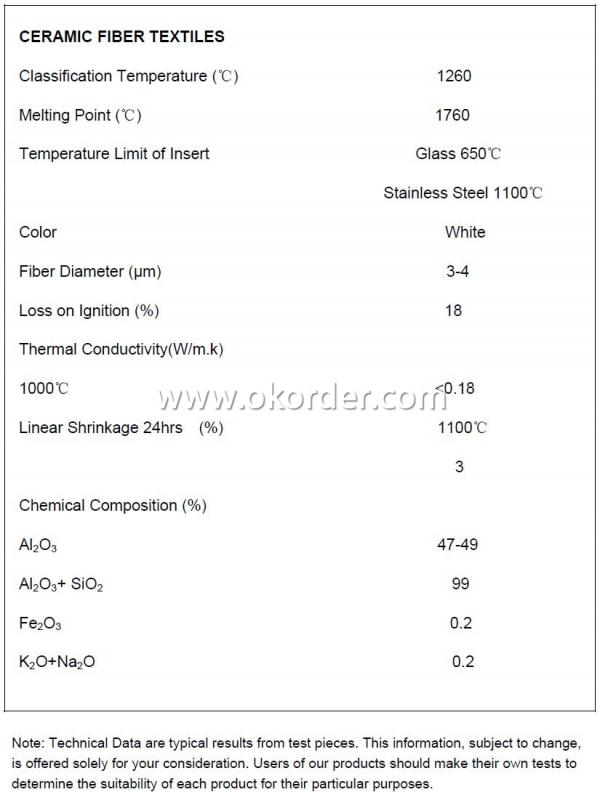
- Q: Is aluminum silicate fiber completely insulated from heat transfer?
- Fire-resistant insulation layer is used to make ceramic fiber module insulation, thermal insulation thickness of four hundred mm, the ceramic fiber blanket double extrusion, ceramic fiber module in parallel sorting, the trolley furnace wall temperature to plate temperature rise of forty-five degrees, which is almost a best isolation effect.
- Q: What is the function of (ceramic) ceramic powder?
- Opaque porcelain: cover the color of the base crown and increase the retentionNeck edge porcelain: also called neck porcelain, darker color, showing neck colorBody porcelain: also called dentin porcelain, the main porcelain powder, used to obtain the natural beauty of dentinEnamel porcelain: also called cut end porcelain, used for cutting ends, translucencyTransparent porcelain: reflects the natural and transparent shape of teethGlaze powder: colorless and transparent, simulating the luster of enamelThere are modified porcelain, dyed porcelain, gums, porcelain and so on, can show different colors and special restoration needs.
- Q: Is everybody's ceramic fiber cloth poisonous?
- Ceramic fiber products with excellent heat resistance, with heat-resistant alloy reinforced aluminum silicate dimensional textiles, continuous use temperature of 1000 degrees, excellent acid resistance and oil, water vapor corrosion capacity.
- Q: Can ceramic fibers be spun?
- The utility model can also achieve higher strength by increasing metal wire reinforcement, and finally can be made into products such as yarn, cloth, belt, rope, packing, etc., and the utility model has wide application.
- Q: What are the uses of ceramic fiber blankets?
- The ceramic fiber blanket has a strong resistance to wind erosion, and can be directly contacted with flame and high-speed airflow. Because of its excellent fire resistance, high temperature stability, high thermal shock resistance, low heat capacity and high temperature conditions, high compressive strength.
- Q: What's the temperature of the high temperature ceramic fiber cloth and ceramic drill cloth?
- High temperature ceramic fiber cloth is made of ceramic fiber cotton, E-glass filament, high temperature resistant stainless steel alloy wire with a special process, high strength, good flexibility, high machinability, not only has high temperature heat insulation performance, has the flexibility of common textiles.
- Q: What are the differences between digital textile printing ink and printing ink?
- 1. heat transfer ink:Transfer printing for polyester, nylon and spandex fabrics;2. active ink:Suitable for direct spray onto pure cotton, silk, nylon and other fabrics;
- Q: The difference between ceramic fiber cloth and ceramic fiber paper
- Ceramic fiber paper and ceramic fiber cloth are refractory insulation materials, which can be used for insulation and heat preservation
- Q: Which is better, ceramic fiber or spray velvet?
- With the blowing of thrown silk cotton is two kinds of refractory ceramic fiber cotton cotton in the market at present, according to different production process is defined. Because of the different process, the characteristics of the two kinds of fire-resistant cotton are also different. According to different characteristics, they are applied in different heat insulation fields respectively. Ceramic fiber cotton, also known as aluminum silicate fiber cotton, its main purpose is to use other forms of refractory products, production and processing of raw materials.
- Q: Does the component of textiles contain 70% acrylic? Does it hurt the body?
- Acrylic has high transparency, light transmittance of 92%, a "plastic crystal" reputation. And excellent weather resistance, especially for outdoor, in other plastic crown, and has a good surface hardness and gloss, processing plasticity, can be made into a variety of shapes and products needed. There are a wide variety of boards, rich in color (including translucent swatches), and another feature is that the plate is still able to maintain high transparency.
Send your message to us
Ceramic Fiber Textiles - High Quality Option
- Loading Port:
- China Main Port
- Payment Terms:
- TT or L/C
- Min Order Qty:
- 30 Rolls roll
- Supply Capability:
- 10 Tons Per Month roll/month
OKorder Service Pledge
OKorder Financial Service
Similar products
Hot products
Hot Searches
Related keywords
